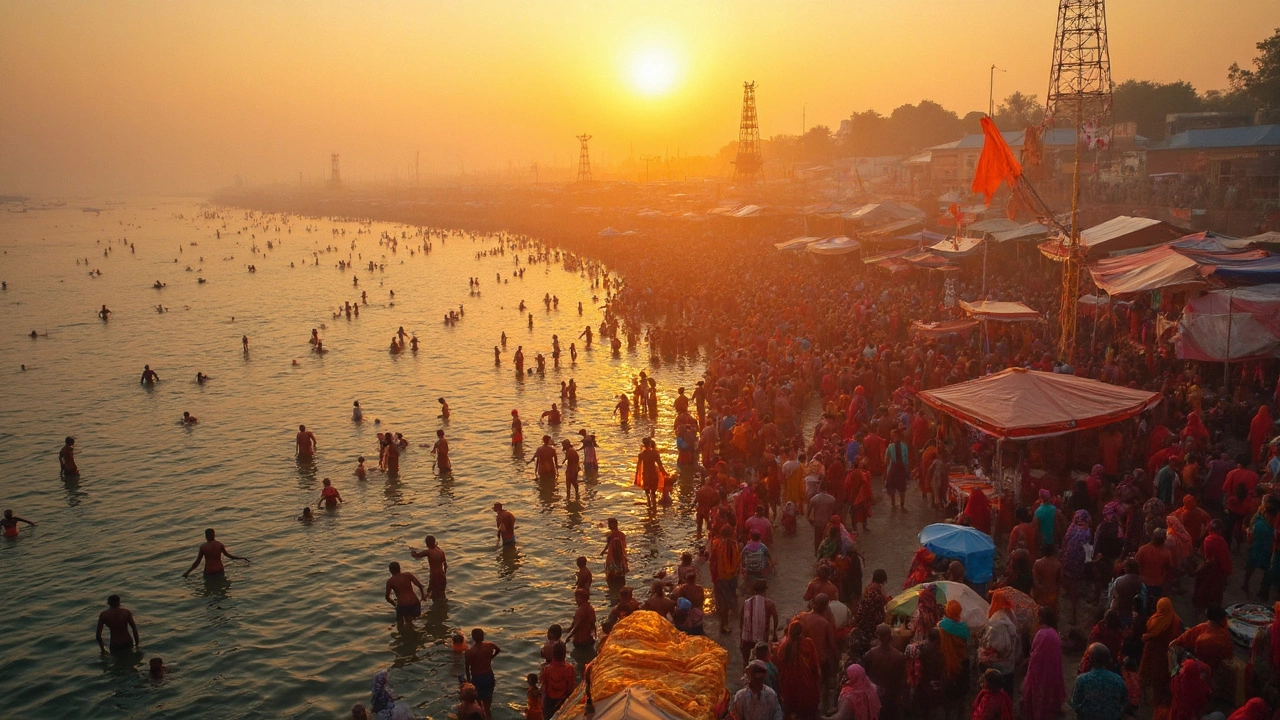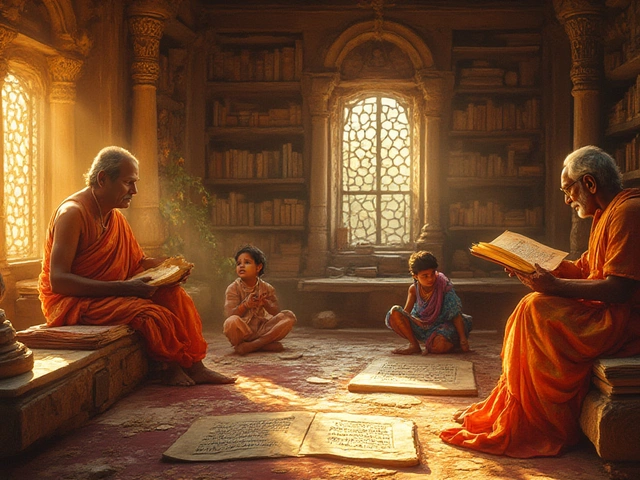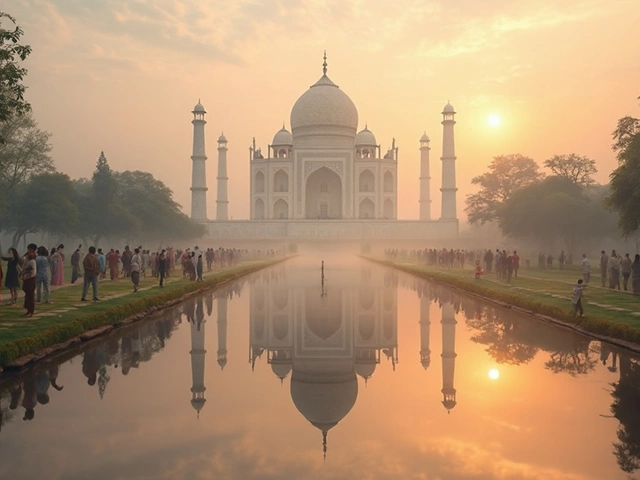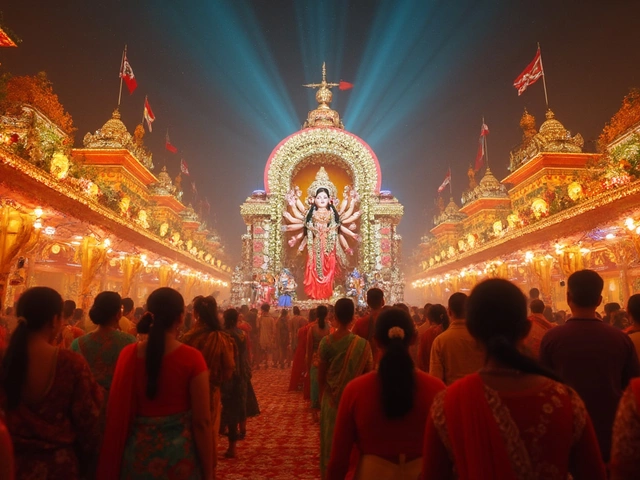Pilgrimage in India: Sacred Journeys, Sites, and Spiritual Traditions
When people talk about pilgrimage, a spiritual journey undertaken for religious or moral reasons, often to a sacred place. Also known as tirtha yatra, it's not just about moving from one point to another—it's about transformation. In India, pilgrimage isn’t a side activity. It’s woven into daily life, festivals, and the rhythm of seasons. Millions walk barefoot for miles, bathe in icy rivers at dawn, or climb steep hills just to touch a stone believed to hold divine energy. This isn’t tourism. It’s devotion made physical.
What makes Indian pilgrimage different? It’s not just one religion doing it. Hindu pilgrimage, a tradition rooted in ancient texts like the Puranas, where visiting tirthas (sacred crossings) cleanses the soul runs alongside Sikh pilgrimage, centered on gurdwaras like the Golden Temple, where community, equality, and service define the journey. Even Buddhists, Jains, and Christians have their own sacred routes—Lumbini, Shravanabelagola, or the Basilica of Our Lady of Good Health. Each path has its own rules, its own chants, its own kind of silence.
You don’t need to be religious to feel the weight of these places. The Ganges at Varanasi doesn’t care if you pray. It just flows. The Amarnath cave doesn’t ask if you believe. It waits, frozen and ancient, holding the ice shivling. These sites aren’t museums. They’re alive—with chants, incense, barefoot children, old women offering flowers, and men singing bhajans as they walk. You’ll find people carrying heavy pots of Ganga water on their heads, not because it’s heavy, but because it’s holy. You’ll see families camping for weeks just to get a glimpse of a temple idol. And you’ll hear stories passed down: how someone’s sickness vanished after a dip in the Yamuna, or how a lost child was found after praying at Tirupati.
These journeys aren’t easy. They’re long, hot, crowded, and sometimes messy. But that’s part of the point. Pilgrimage isn’t about comfort. It’s about surrender. You give up your schedule, your privacy, even your usual sense of self. And in return, you get something quieter: clarity, connection, or just the feeling that you’re part of something much bigger than your daily worries.
Below, you’ll find real stories and guides from people who’ve walked these paths—whether it’s the 1,300-kilometer Char Dham yatra, the quiet serenity of Ajanta’s caves, or the chaotic beauty of the Kumbh Mela. You’ll learn where to go, what to expect, and why millions return year after year—not because they have to, but because they can’t stay away.





